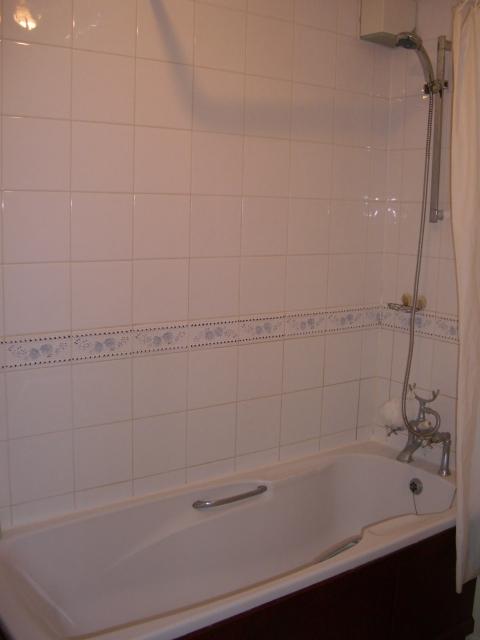Guys, I need some advice here.
I've spent close to £1000 pound on two 'plumbing' companies to fix a problem whereby the bath to wall silicone seal lets water down the side of the bath causing water leakage into the flat below. The problem lies with the fact that when the bath is stepped in for a shower, the bath flexes and hence the movement overtime just erodes the silicon seal until water is eventually able to seep through the tiniest of gaps.
Failed solutiont attempted so far:
1. The last plumber built a wooden frame to support the bath.
2. Some overlapping bath to wall seal mechanism which allows for movement bought from B&Q.
Both the above solutions didn't work and water is coming down again. Any suggestions on what else to try? Should I just a get new bath instead installed or is there some other solution?
Thanks.
I've spent close to £1000 pound on two 'plumbing' companies to fix a problem whereby the bath to wall silicone seal lets water down the side of the bath causing water leakage into the flat below. The problem lies with the fact that when the bath is stepped in for a shower, the bath flexes and hence the movement overtime just erodes the silicon seal until water is eventually able to seep through the tiniest of gaps.
Failed solutiont attempted so far:
1. The last plumber built a wooden frame to support the bath.
2. Some overlapping bath to wall seal mechanism which allows for movement bought from B&Q.
Both the above solutions didn't work and water is coming down again. Any suggestions on what else to try? Should I just a get new bath instead installed or is there some other solution?
Thanks.


